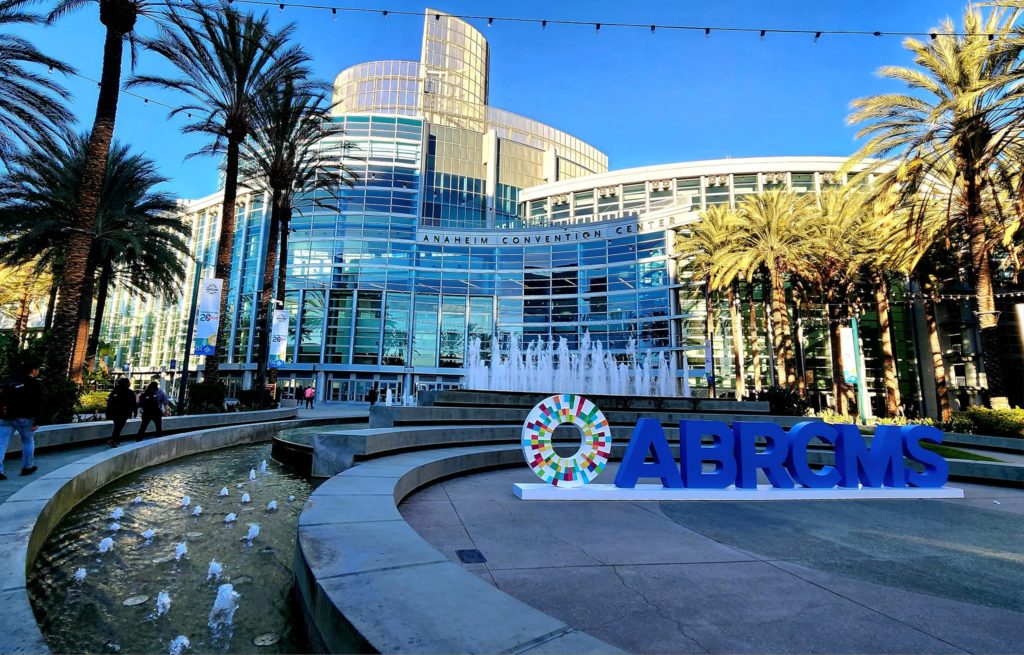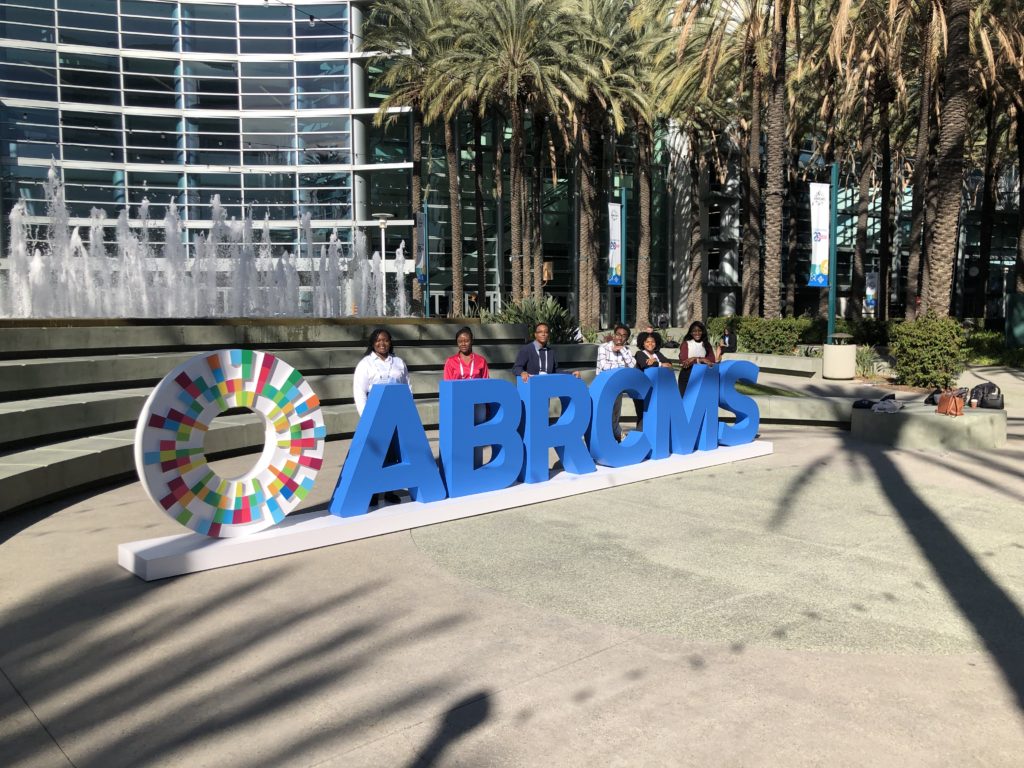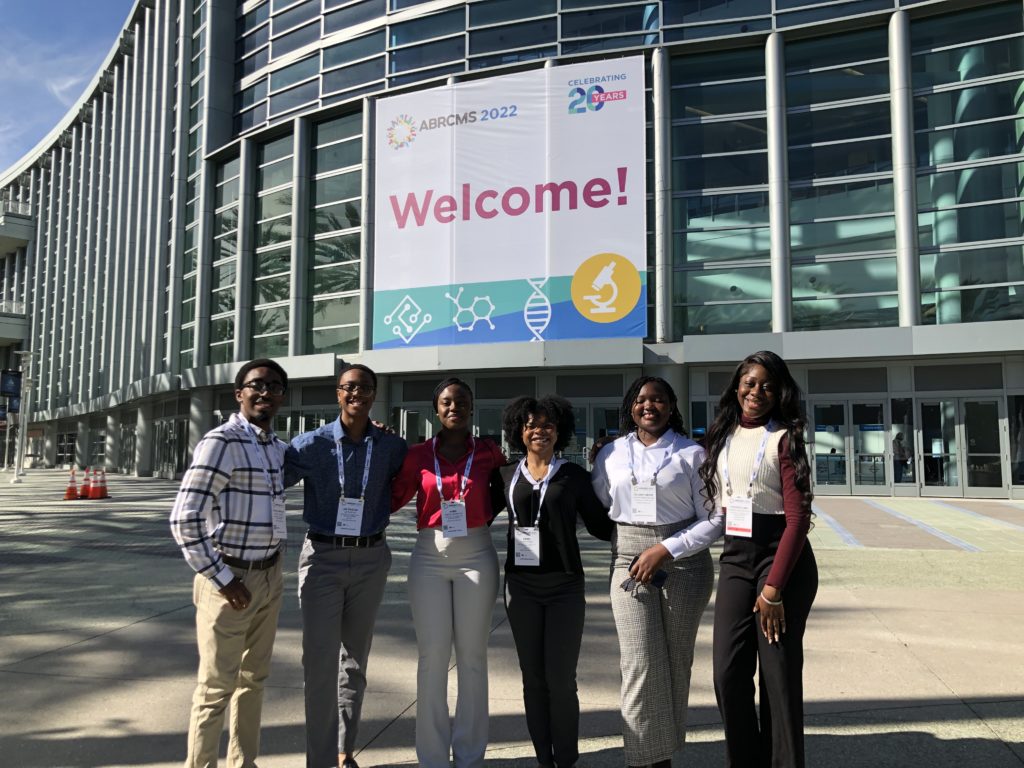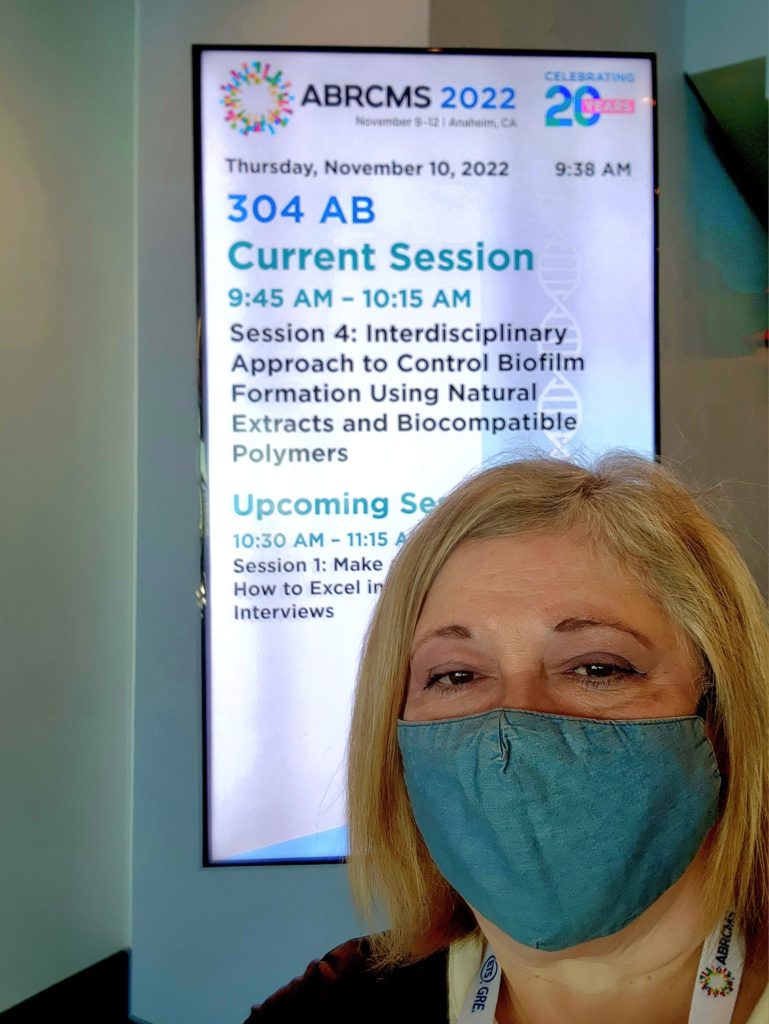
UMES’ School of Agricultural and Natural Sciences was well-represented at this year’s Annual Biomedical Research Conference for Minoritized Scientists. Six students in the Louis Stokes Alliances for Minority Participation at UMES joined some 3,000 undergraduates in conveying their research November 9-12 in Anaheim, with one coming away with a first place poster presentation.
Jay Easter, a senior majoring in engineering with a mechanical engineering concentration, earned first place for his poster in the category Engineering, Physics and Mathematics. The title of his research poster was “Investigating Preservation of Local Structure in 2-D Re6Se8Cl2 After Surface Functionalization.” The presentation focused on his summer research conducted at Columbia University.
Easter viewed the event as invaluable, citing the opportunity to attend professional development workshops, networking with professionals in his field of interest and like-minded peers, and presenting his research.
“From the professional development sessions we learned about postgraduate opportunities and preparation, best practices for research success and took part in discussions surrounding the notion of being a member of an underrepresented group in STEM,” Easter said. “The networking aspect of the conference was in the form of open meals held specifically for the purpose of facilitating engagement among student presenters and the faculty and sponsoring agencies attending.”
Presenting research, he said, challenged students to use their scientific communication skills to proficiently share their research. Like Easter, Stacey Carver, a senior biology major, presented a poster. The category was Social and Behavioral Sciences and Public Health, with the topic, “Interactions of Wildlife with a Host-targeted Tick Control Device at Two Field Study Sites in Maryland.” Students who shared research through oral presentations were: Fabiola Beauvoir (junior, biology) “Protein Expression of the Insulin Receptor and Insulin Signaling Molecules in the Kidney of a Hyperglycemic Zebrafish Model,” Oluwatomisin Salami (sophomore, biology) “Zinc Chloride Increases nhe3 Gene Expression and Induces Oxidative Stress in the Kidney of Zebrafish,” and Iyinyeoluwa Okulate (senior, biology) “Insulin Administered via Intraperitoneal Injection Upregulates Sodium Hydrogen Exchanger 3 (NHE3) Gene Expression in the Zebrafish Kidney,” all in the category Physiology and Pharmacology. Fabiola, Salami and Okulate are all undergraduate research assistants in the Bell lab. Emma Jones, a senior majoring in general agriculture also joined the group.
“For some of our students attending, this was their first time presenting at a conference of this stature,” said Dr. Tracy Bell, an associate professor of biology at UMES and the LSAMP program coordinator. “They all represented UMES well!”

UMES chemistry professor Victoria Volkis (pictured at right) was also in attendance at ABRCMS 2022 as one of the 36 scientific speakers selected to talk about their current research. Volkis spoke on the topic, “Interdisciplinary Approach to Control Biofilm Formation Using Natural Extracts and Biocompatible Polymers.” Her research is being conducted in conjunction with her designation as a U.S. Navy, Minority Serving Institution Distinguished Faculty Fellow (2021-24).
One of the conference highlights for her, as well as the students, was being able to sit in on the opening keynote address by the current Nobel Prize laureate in chemistry, Stanford University’s Dr. Carolyn R. Bertozzi. Bertozzi was awarded the Nobel for her development of biorthogonal reactions, which “allow scientists to explore cells and track biological processes without disrupting the normal chemistry of the cell.”
Gail Stephens, agricultural communications, University of Maryland Eastern Shore, School of Agricultural and Natural Sciences, UMES Extension, gcstephens@umes.edu, 410-621-3850.
Photos submitted by Drs. Tracy Bell and Victoria Volkis.






